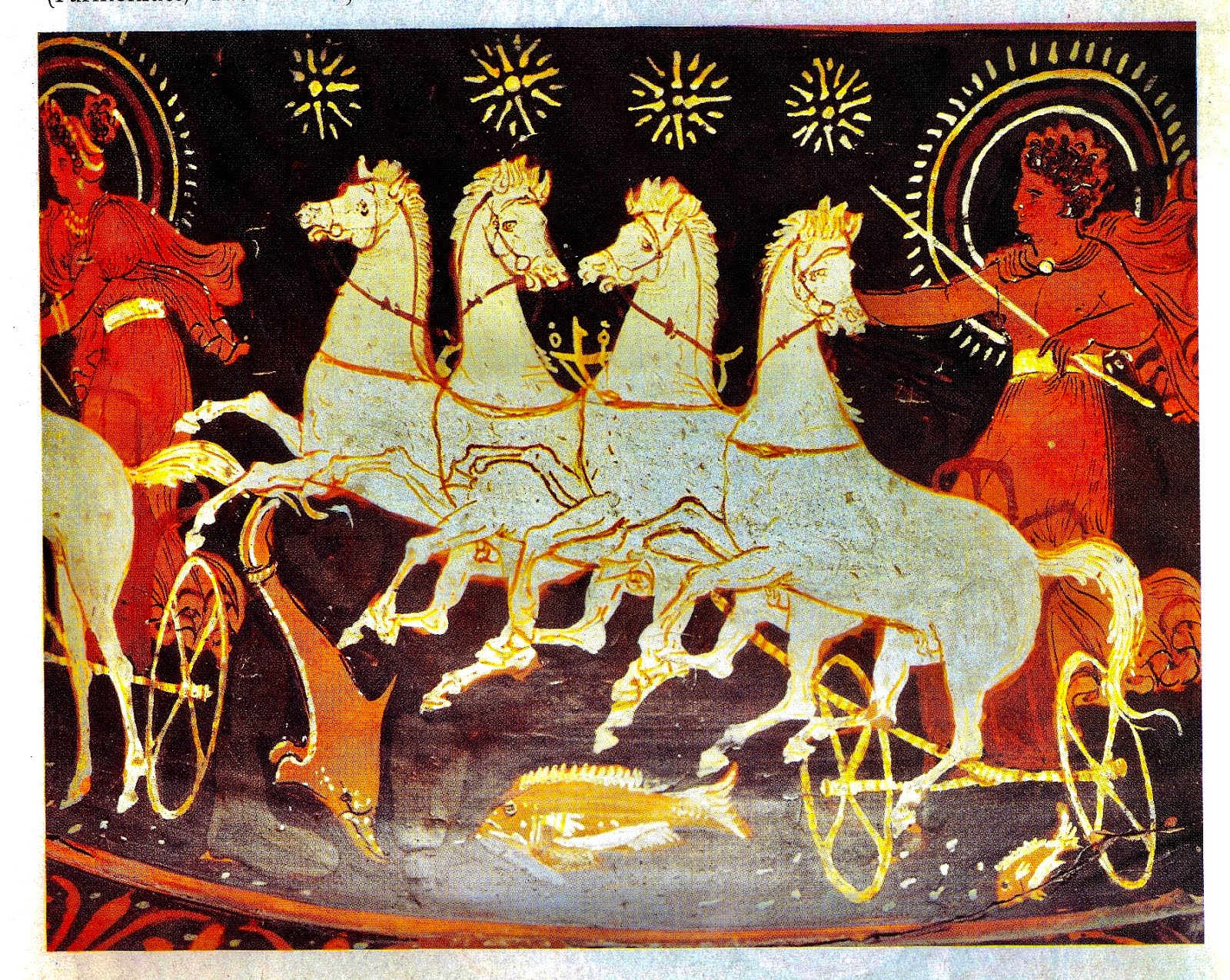Reconstruction of the Antikythera computer by Dionysis Kriaris. Courtesy Kriaris. Visiting the Golden Age of Greek Science I gave a lecture recently at the Hellenic Library at Bellflower, California. I spoke about the Antikythera Mechanism: a 2,200 years-old computer that predicted the eclipses of the Sun and the Moon and tracked the positions of the planets. This machine worked with gears, that is, scientific technology. This technology was so advanced it took nearly 2,000 years before it appeared in Europe in the eighteenth century. I explained how and the why the Greeks were almost “modern” so many centuries before modern times. I illustrated my talk with 160 images from ancient Greek culture: ceramic vases, other archaeological artifacts, icons of ancient Greek scientific manuscripts, books and instruments, and exquisite computed tomography images of the outside and x-ray pictures of the inside of the largest mechanism fragments. These high tech images revealed
